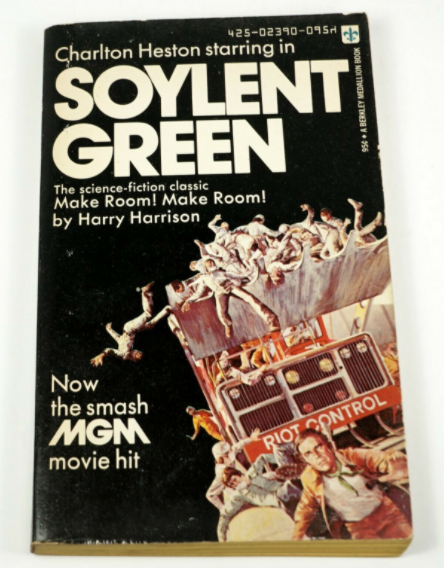I have emerged from deep contemplation and have plotted a course for the next leg of the modular journey:
I really don’t want to give up Akemie’s Castle. So I won’t.
But the more I think about it, the less sure I am that the E520 is the best use of its space. I have told myself that it does things I haven’t been able to replicate elsewhere in hardware or software, and convinced myself that those effects are valuable to me. But my findings are, in short:

- Spectral Crusher/Threshold is my favorite effect by far… but I recently found I can get very close in Unfiltered Audio SpecOps, with the MP3ify and Decapitate filters.
- Spectral Crusher/PeakHold is a bit more unique, with SpecOps’ Freeze and Resonant Freeze being closest perhaps, though without the decay time. But I haven’t used this one in any recordings.
- Spectral Time Machine is unique! But I haven’t used it that much. SpecOps does cover freezing, which seems like my most likely use for it.
- Spectral Delay can be almost covered by two instances of Melda MSpectralDelay. Close enough.
- Granular Pitch and Dirt: I can cover these with Bitwig or plugins quite well.
- All the delays, all the modulation: some of these are very good, but I have so many options here that I rarely use the E520 for them.
- The rest: not my cup of tea really.
So I’m thinking, despite my initial excitement and ongoing appreciation for the E520, I will probably sell it and free up a lot of space to give myself options.
And then there’s… the bits.

I’ve been considering the Xaoc Devices “Leibniz Binary Subsystem” off and on since it was first announced. It’s a bit esoteric in usage, but the basic pieces are:
Drezno: an 8-bit analog-to-digital converter paired with a digital-to-analog converter. It provides jacks for each bit (out and in) as well as scale and offset controls and external clock inputs for both of the converters.
Lipsk: an expander with buttons and gates to invert/XOR individual bits. Or it can connect to Odessa instead, to enable individual spectral banks.
Jena: an expander that acts as a lookup table of various waveshapes, rhythms and Walsh functions, addressed by the 8 bits from Drezno (or Lipsk), returning 8 bits as output, with a phase offset CV.
I’m thinking I would skip Lipsk (unless using the other two shows me it’d be super useful). With those, I could:
- Extract individual bits from an LFO for rhythmic gates, or from audio for “Atari noises.”
- Skip low-order bits to decrease resolution, or skip high-order bits for a crude wavefolding effect.
- Tweak the scaling and offset to clip/decimate.
- Rearrange bit order, skip middle bits or use logic to change the shape of waves.
- Use high-order bit as a comparator.
- Use the DAC separately to create stepped CV from other gates.
- Clock the DAC and/or ADC at lower rates for sample rate reduction, or sample-and-hold.
- Use Jena for wavetables or nonlinear distortion, alternate rhythms and noise, override some but not all of the original bits, etc.
- Feed the DAC output back to the ADC, and use scaling, bit order changes, Jena and/or analog shaping to create a (non)linear feedback shift register, to produce patterns of CV and gates/squarewaves. Possibly externally clocked, possibly just at its maximum internal rate.
- Clock the DAC from one of the bits of the ADC, effectively holding values for different lengths related to their level…???
- Probably other things I haven’t thought of!
In fact, I have just talked myself into buying Drezno, without even the Jena at first. I am betting that its flexibility will beat Zorlon’s dual clocks and multiple (but less flexible) LFSRs. A new Drezno is less than the resale value of the Zorlon, and a little smaller — I could rearrange things to fit Jena without even selling the E520. But I’ll see how it does on its own first.
